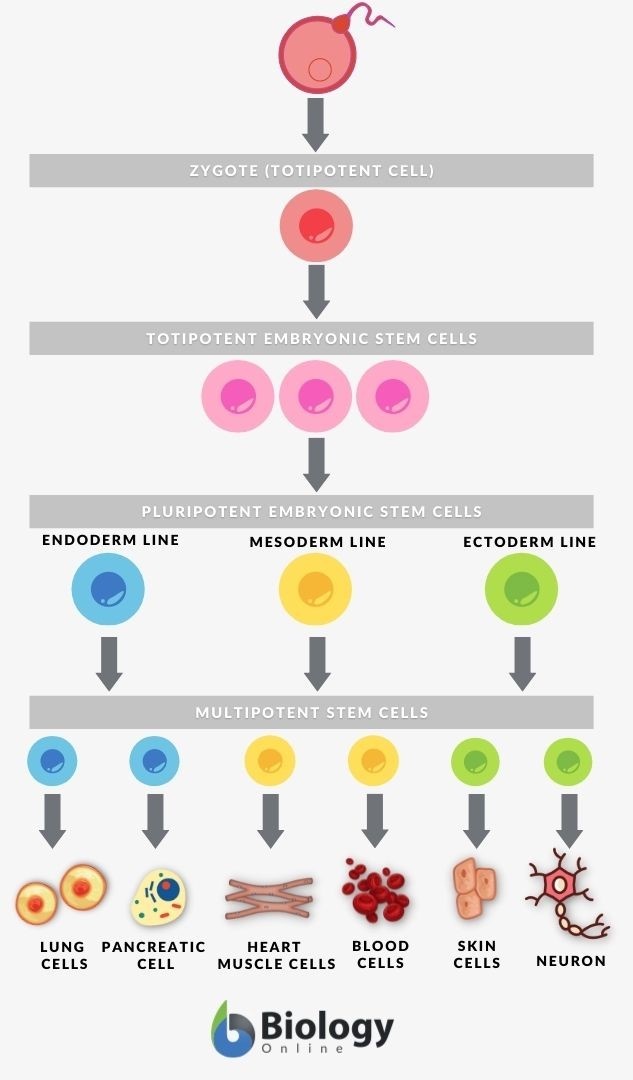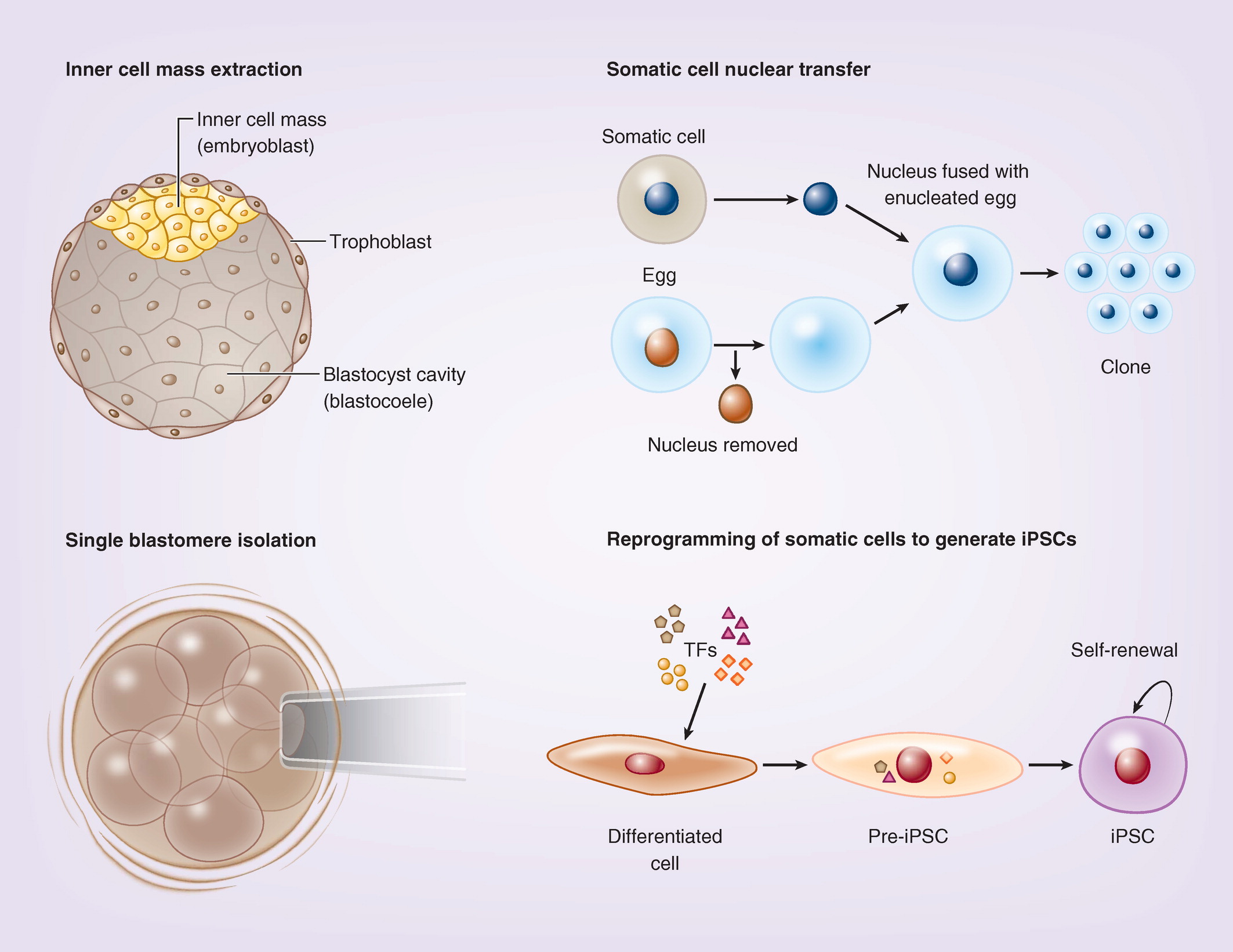
Transcriptional landscape of repetitive elements in normal and cancer human cells. Single-cell RNA-seq reveals hypothalamic cell diversity. Genome-scale CRISPR-Cas9 knockout screening in human cells. The ENCODE Project Consortium An integrated encyclopedia of DNA elements in the human genome. edgeR: a Bioconductor package for differential expression analysis of digital gene expression data. A LINE1-nucleolin partnership regulates early development and ESC identity. NuRD and CAF-1-mediated silencing of the D4Z4 array is modulated by DUX4-induced MBD3L proteins. Dppa2 and Dppa4 directly regulate the Dux-driven zygotic transcriptional program. DPPA2 and DPPA4 are necessary to establish a 2C‐like state in mouse embryonic stem cells. Zscan4 inhibits maintenance DNA methylation to facilitate telomere elongation in mouse embryonic stem cells.

Rethinking how DNA methylation patterns are maintained. Transcriptional amplification in tumor cells with elevated c-Myc. Hypertranscription in development, stem cells, and regeneration. Myc and max genome-wide binding sites analysis links the Myc regulatory network with the polycomb and the core pluripotency networks in mouse embryonic stem cells. Krepelova, A., Neri, F., Maldotti, M., Rapelli, S. c-Myc is a universal amplifier of expressed genes in lymphocytes and embryonic stem cells. A Myc rather than core pluripotency module accounts for the shared signatures of embryonic stem and cancer cells. Roles for MYC in the establishment and maintenance of pluripotency. MAGeCK enables robust identification of essential genes from genome-scale CRISPR/Cas9 knockout screens. Optimized sgRNA design to maximize activity and minimize off-target effects of CRISPR-Cas9. Formative pluripotency: the executive phase in a developmental continuum. Single cell RNA-sequencing of pluripotent states unlocks modular transcriptional variation. Deconstructing transcriptional heterogeneity in pluripotent stem cells. Mouse Dux is myotoxic and shares partial functional homology with its human paralog DUX4. MERVL/Zscan4 network activation results in transient genome-wide DNA demethylation of mESCs. DUX-family transcription factors regulate zygotic genome activation in placental mammals. Conserved roles of mouse DUX and human DUX4 in activating cleavage-stage genes and MERVL/HERVL retrotransposons. Conservation and innovation in the DUX4-family gene network. Deficiency of microRNA miR-34a expands cell fate potential in pluripotent stem cells. A molecular roadmap for the emergence of early-embryonic-like cells in culture. Role of Tet proteins in enhancer activity and telomere elongation. Lu, F., Liu, Y., Jiang, L., Yamaguchi, S. Early embryonic-like cells are induced by downregulating replication-dependent chromatin assembly. Higher chromatin mobility supports totipotency and precedes pluripotency in vivo. Deconstructing the pluripotency gene regulatory network. Derivation of hypermethylated pluripotent embryonic stem cells with high potency. Establishment of mouse expanded potential stem cells. Derivation of pluripotent stem cells with in vivo embryonic and extraembryonic potency. Embryonic stem cell potency fluctuates with endogenous retrovirus activity. Zscan4: a novel gene expressed exclusively in late 2-cell embryos and embryonic stem cells.

Cell totipotency: molecular features, induction, and maintenance.

Zygotic genome activation during the maternal-to-zygotic transition. Collectively, the findings of our study reveal insights into the establishment and regulation of the totipotent state in mouse embryonic stem cells. Mechanistic studies demonstrate that Myc prevents downregulation of pluripotent genes in the first step, while Dnmt1 impedes 2-cell-embryo-specific gene activation in the second step. To identify factors controlling the transition, we performed a CRISPR–Cas9-mediated screen, which revealed Myc and Dnmt1 as two factors preventing the transition. To understand how this transition takes place, we performed single-cell RNA-seq, which revealed a two-step transcriptional reprogramming process characterized by downregulation of pluripotent genes in the first step and upregulation of the 2-cell-embryo-specific elements in the second step. In mouse embryonic stem cells, Dux drives a small percentage of cells into a totipotent state by expressing 2-cell-embryo-specific transcripts. Unlike pluripotency, the establishment of totipotency is poorly understood. Totipotency refers to the ability of a cell to generate all of the cell types of an organism.


 0 kommentar(er)
0 kommentar(er)
